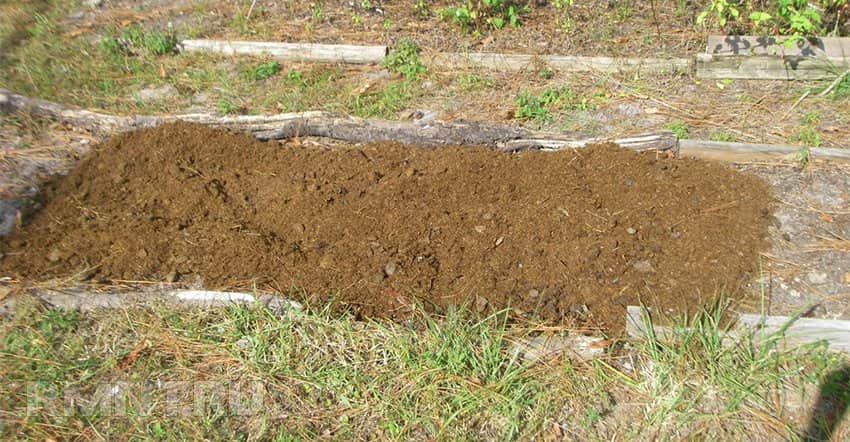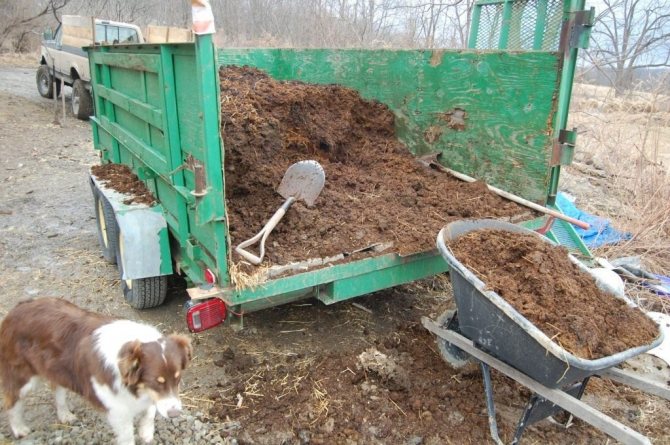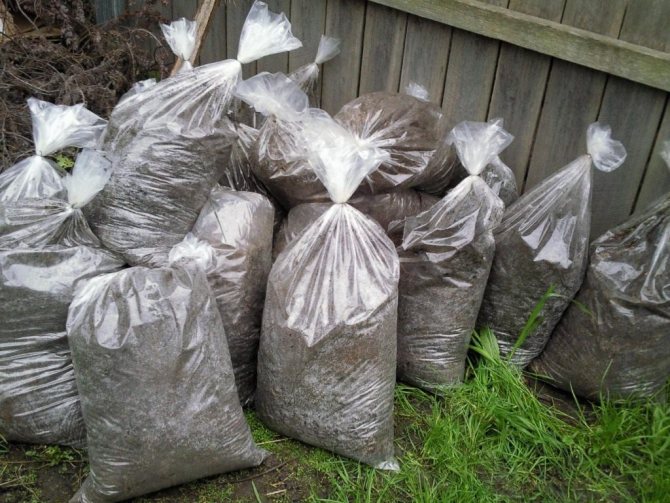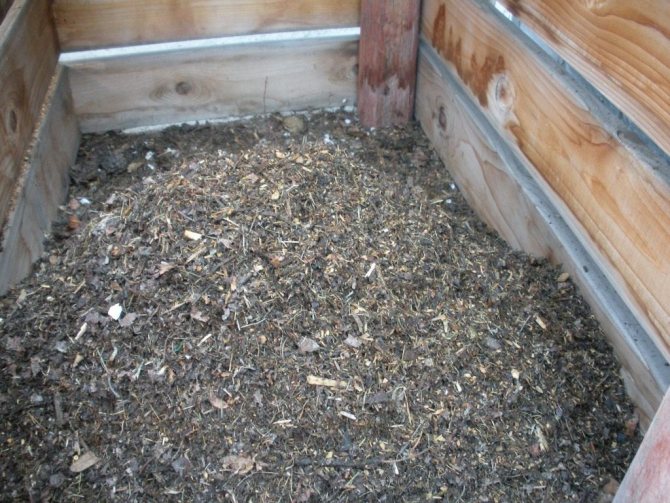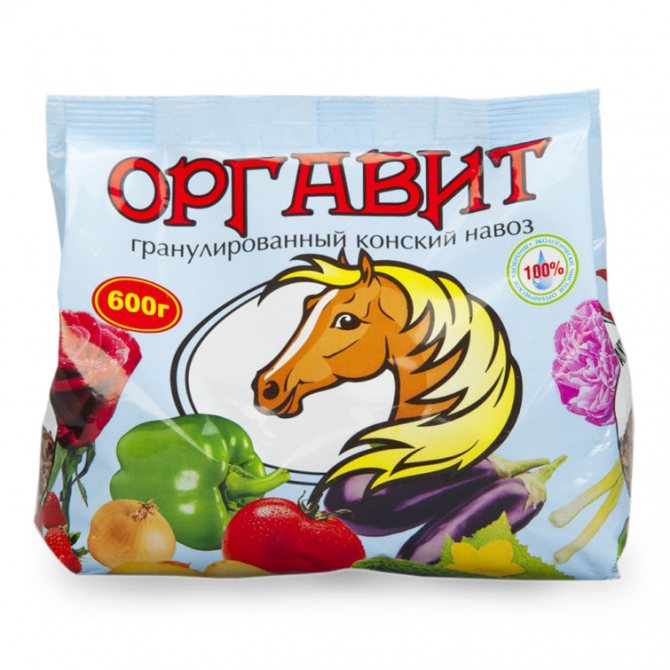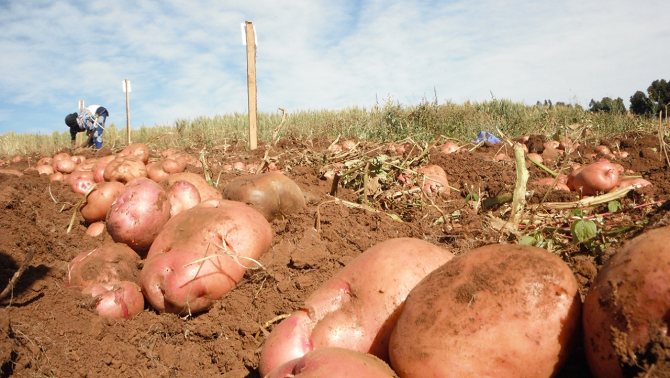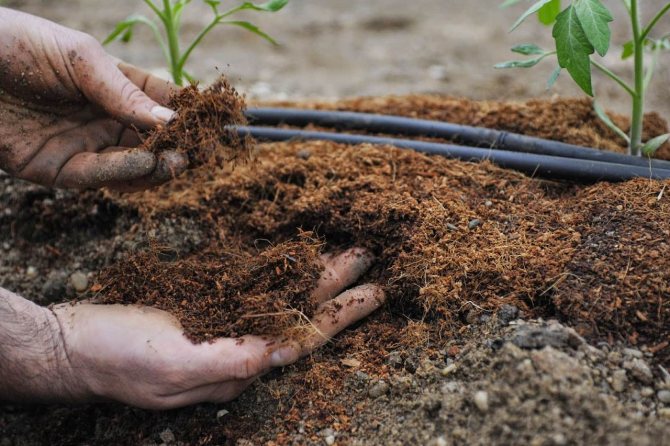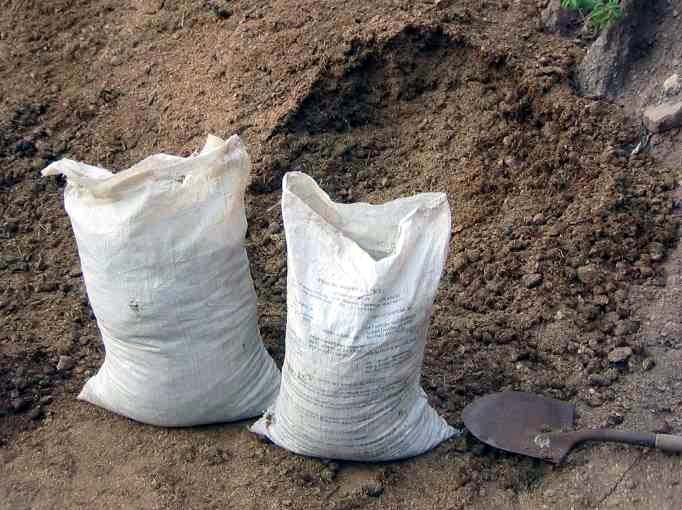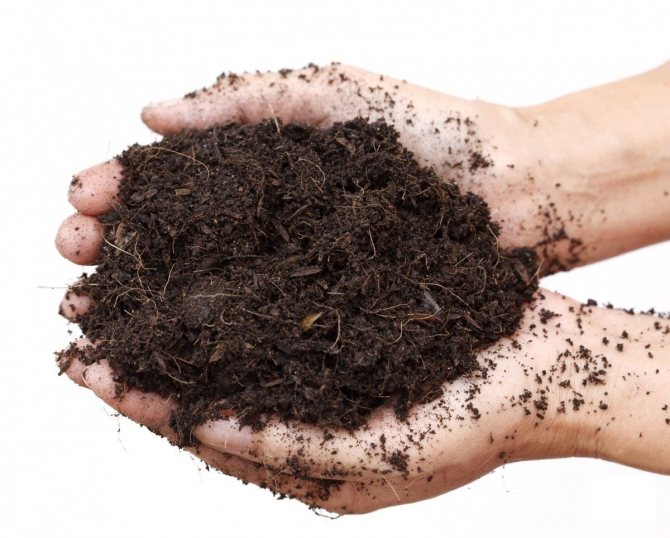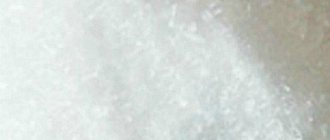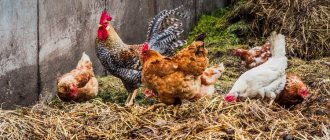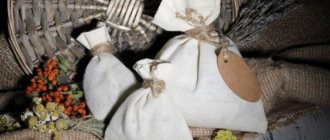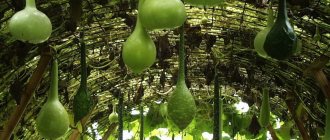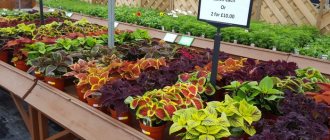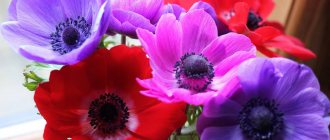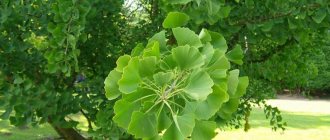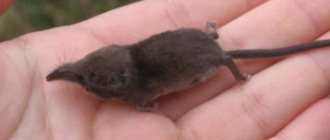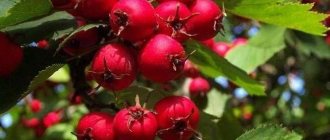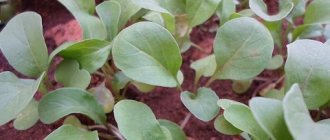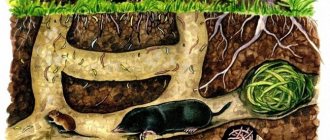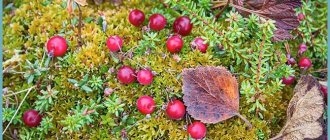Very often, experienced gardeners and gardeners give recommendations on the use of horse manure. However, if you are not deeply versed in the topic of fertilizing, then it is quite difficult to understand why this fertilizer is better than others. But in fact, horse manure is not only good as a dressing for warm beds, but also has a number of advantages over other types of manure. Read about the benefits and methods of using horse manure in this article.

Horse dung. <>
The benefits of horse manure
Everyone knows that horse feed is made up of grains and grasses. Processed botanicals contain important and beneficial micronutrients in a concentrated form:
- nitrogen;
- potassium;
- calcium;
- phosphorus.
Plants need nitrogen compounds for the formation of a strong root system and vegetation. Deficiency of nitrogen in the soil has a detrimental effect on the growth and formation of fruits. Phosphorus is necessary to accelerate metabolic processes and the formation of the aboveground and root parts of plants. With phosphorus starvation, the plant grows slowly, forms small fruits and is very sick.
Potassium is necessary for plant resistance to moisture deficiency and temperature extremes, proper water and protein metabolism. With a potassium deficiency, seedlings quickly dry out and die off. Calcium regulates the acid-base balance of plants, neutralizes oxalic acid.
As you can see, the listed microelements actively affect the yield of the site and the development of plants, as well as the resistance of seedlings to unfavorable climatic conditions and diseases.
Note! Horse manure can warm the beds for up to two months in a row.
Horse manure is highly energy-intensive and emits a lot of heat, therefore it is used as biofuel for heating greenhouses and greenhouses. Manure-fertilized beds keep warm and protect young seedlings from freezing in early spring.
Advantage:
- dry, lightweight, quickly decomposes;
- does not contain weed seeds;
- gives off heat well and warms the beds;
- actively emits carbon dioxide;
- there is no dangerous pathogenic microflora;
- structures heavy soil, loosening it;
- promotes water retention in the soil;
- has low acidity;
- there is no persistent feces odor.
The peculiarity of the horse defect to give off heat during decomposition makes it unique among other types of manure. Previously, village houses were heated with dung, as it emitted a lot of heat energy.
Structure
Fresh horse droppings contain up to:
- 70% water. Compared to other types of manure, it is drier and more concentrated.
- 26% organic compounds.
- 1% nitrogen passing into it from the straw litter soaked in animal urine. It is straw that is able not only to absorb, but also to retain nitrogen - the most important macronutrient, without which the proper development of plants is practically impossible. Over time, in the process of decomposition of organic elements, additional nitrogen evolution occurs. That is why the nutritional value of rotted droppings for plants is much higher than fresh ones.
- 0.9% potassium.
- 0.8% phosphorus.
The complex of trace elements contained in horse manure is represented by:
- boron;
- magnesium;
- zinc;
- cobalt;
- copper;
- molybdenum.
Their number depends on what kind of feed formed the basis of the horse's diet. The acidity of horse manure is 7.9 pH. Its fast degradability is due to its ideal carbon to nitrogen ratio.
Types of horse defect
The degree of decomposition of horse manure determines its type. In the dacha economy, both fresh defective and rotted ones are used. The varieties of manure include semi-rotten defect and humus. What is the difference?
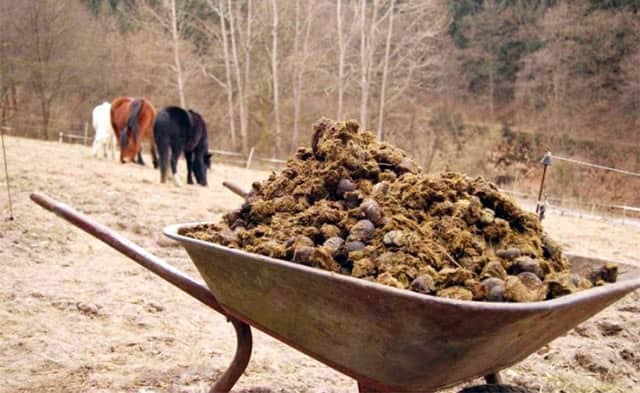

Fresh manure
Fresh defect is used most often, since it contains a lot of nitrogenous compounds and heat. However, fresh fertilizer should be used very carefully: urea and concentrated organic matter can quickly burn the root system of seedlings.
Important! It is not recommended to use fresh manure for filling the soil for root crops.
Therefore, fresh defect is used mainly in the fall when digging beds for the winter. After overwintering in the ground, the manure will be freed from concentrated organic matter and will nourish the plants with the necessary substances. Also, fresh feces are used for liquid irrigation of plants.
How to determine the freshness of manure? Mature defect is distinguished by a dark color and uniform consistency, while straw and sawdust can be distinguished in fresh manure. Also, fresh faeces have a lighter tone and a looser texture.
Semi-mature
This type of fertilizer is used for feeding vegetables, fruit trees and indoor flowers. In the fall, when preparing the site for wintering, a defect diluted in water is introduced during digging. How to distinguish it from other types of manure? This substrate has a dark brown tint and crumbles. The straw in the faeces is completely rotten and has a brown color.
Important! This type of droppings lasts about six months, in cold climates - up to a year.
Overripe droppings are used for breeding seedlings: they are mixed in equal parts with the soil. This mass has a homogeneous black structure. Also, half-rotted droppings are used in the fall for digging a garden: one square meter of a plot is filled with three kilograms of droppings.
Gardeners note that the yield of the site after the autumn filling of the soil increases significantly. All berry bushes, fruit trees, root crops, cucumbers and cabbage produce a lot of quality fruits.
Humus
This is the most valuable fertilizer that is suitable for filling the soil for all types of horticultural crops. Humus ripens for a long time - about three years. During this time, the organic mass synthesizes useful nutrients that have a beneficial effect on the quality of plants and fruits. The difference between humus and other types of manure consists in the transition of chemical elements of organic matter into forms available for assimilation by plants.
Humus looks like a crumbly brown mass without fecal odor and mold. However, keep in mind that after 5 years, humus will become just earth with improved properties. Therefore, you should not keep it on the site for a long time. Gardeners claim that humus from horse excrement improves the taste of fruits and berries many times over.
What plants is it good for?
The use of a horse waste product as a supplementary feed is recommended when growing almost any plants in the country. It is suitable for garden crops, horticultural crops, flowers. Melon reacts especially well to this organic top dressing. It is ideal if pumpkin, zucchini, cucumbers and squash, celery are grown in the garden.
The soil fertilized with horse fecal masses ensures good growth of bushes, the growth of green mass.
Plants fed with this type of organic matter can hibernate without shelter (in the autumn they must be cut to the root).
Procurement and storage
How to save excrement for later use? To do this, you should select a special place in the garden and place on it first peat mixed with the soil - 20-30 cm high. Fresh manure is placed on top of the peat mass and compacted well. Peat is necessary for the absorption of the slurry during the decomposition of the defecate.
Another layer of peat or soil with a height of 20-30 cm is laid on top. In total, the heap for storage should have 1.5 meters in height and a width of 2 meters. For winter storage, the heap is covered with foil or spruce branches. In summer, on the contrary, the heap is periodically irrigated with water and pierced with a stick or pitchfork.


With a small amount of horse excrement, you can do differently: make peat compost. For this, layers of peat (40 cm) are laid and alternated with layers of organic matter (10 cm). To preserve nitrogenous compounds, superphosphate (3% by weight) or phosphate rock (4-5% by weight) is added to the compost.
It is especially worth noting that it is impossible to keep untreated manure in a heap: valuable nitrogen is instantly oxidized in the open air. The mass must be packed in bags and tightly tied, or immediately prepare humus or liquid fertilizer from it.
Another way to store excrement is by burying it in the ground. It is necessary to dig a hole and put the manure into it, leaving about 10 cm on top. The remaining 10 cm are covered with straw and the pit is covered with foil. To prevent the film from being blown away by the wind, you can press it with bricks. In hot summer, a pit with droppings is pre-irrigated with water, and then covered with a film.
You can compost your droppings right away. For this, layers of excrement are alternated with straw, weeds, fallen leaves or peat. Compost is one of the best methods for preserving the beneficial properties of manure, as the evaporated moisture is absorbed by the plants and retained. The bottom and top layers of the compost should be either plants or peat.
Application
The organic mass is widely used in the greenhouse industry. To form the beds in the spring, organic matter is poured with a layer of 40 cm and covered with straw and soil (30-35 m) on top. For autumn beds, the organic layer must be increased by 10 cm. The layer of excrement is abundantly watered with warm water with the addition of potassium permanganate for disinfection.
Outdoor beds are done as follows. The semi-over-matured mass is mixed with straw and poured onto the garden bed. Then they observe when a transparent smoke appears over the bed (after 7 or 8 days). After that, the bed should be thoroughly tamped, sprinkled with water and covered with foil. Two days later, soil is poured onto the garden bed and cucumbers are planted.
Note! Horse manure with sawdust can be used for growing mushrooms in the country.
Horse manure as biofuel is used in combination with other organic matter (animal droppings), mixed with straw (withered foliage) or kitchen waste, sawdust is added. Proportions 60 x 40. For spring greenhouses, proportions 1: 1 (horse manure and additives).
In open areas, the organic mass is used during the autumn digging. In the spring, fertilizer is applied only for seedlings with a long growing season. How much defect is used per square meter of land? No more than 6 kg.
The fresh composition is used as follows:
- in the fall for deep digging;
- before planting potatoes, put manure mixed with soil in each hole;
- in autumn when hilling rose bushes, and in spring for feeding;
- the defecate mixed with straw is laid out between berry bushes, strawberry bushes.
A liquid solution is used to feed garden strawberries. To do this, mix a liter of fresh droppings with 10 liters of clean water. After a day, the solution can be irrigated with the bushes (watered at the root).
Important! For mulching berry bushes, you can use a well-rotted defect.
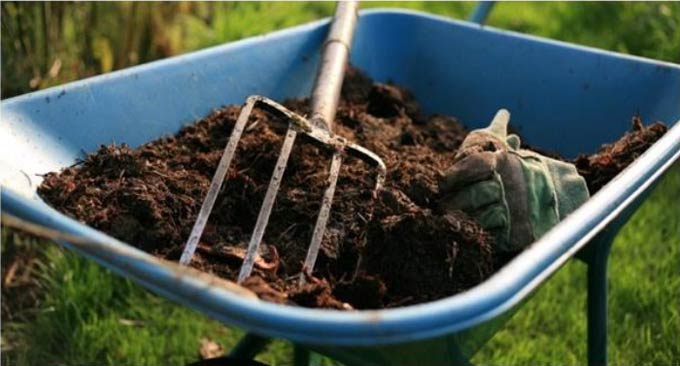

Granular horse manure
In horticultural stores, you can buy ready-to-use horse manure in granules.This organic mass is easy to store and use, contains a maximum of properties useful for seedlings in an easily assimilated form.
Granules are made using a special technology. First, the manure is mixed until smooth, then heated at high temperature. After that, straw powder is added to the mass and pressed into granules. The finished granules are again dried and packaged in bags.
You should not be afraid of adding chemicals to products - they are completely environmentally friendly. How are pellets used in the garden? Only 1 kg of pellets is consumed per 10 square meters of land.
Root top dressing
Since the contact of fresh droppings with the roots threatens to burn, an aqueous solution of excrement is used to fill the soil in a liquid way. 2 kg of organic matter and a kilogram of sawdust are used for a bucket of water. The mixture is kept for a couple of weeks, stirring constantly. Then the liquid is used to water the seedlings, abundantly irrigating the root zone. Dilute the substrate before watering in a ratio of 1 liter to 10 liters of water.
Liquid top dressing is most effective at the beginning of the summer season. How does fertilizer work on different types of soil? Heavy soils in cold climates perfectly absorb organic matter; for dry soils in warm climates, horse manure is not very effective when applied for the first time. The result will be noticeable in a year or two.
Note! Gardeners use horse manure with various agrochemicals to enhance the nutritional value.
If you water the flower garden with liquid dressing before flowering, the buds will be large. Just pay attention to the color of the solution: it should have a weak brew tone.
Where can you find horse droppings for your garden? If you live in the city, you can find horse lovers on thematic forums and negotiate a supply of manure.
Precautions
When working with horse droppings, you must:
- observe the rules of personal hygiene;
- use rubber gloves;
- at the end of work, wash your hands with soap and water.
If fecal matter gets into the eyes, they should be rinsed with plenty of clean water. You may need to see an ophthalmologist. If organic matter gets into the organs of the gastrointestinal tract, the victim should:
- induce vomiting;
- drink activated charcoal (6 tablets).
Top dressing of horticultural crops
How to use horse manure as fertilizer for various types of horticultural crops? Let's consider in detail.
Cucumbers
Seedlings are watered with a liquid solution in the evening. The first watering is carried out immediately after the flowers appear (1 glass of manure solution per bucket of water). Potassium sulfate, superphosphate and urea (a teaspoon each) are added to the infusion. A glass of the mixture is consumed per hole.
The next irrigation is carried out in a couple of weeks in the same proportion. The third watering is also carried out in a couple of weeks. This is quite enough.
Carrot
A liquid solution is used to fill the soil for carrots. Irrigation of the beds with carrots is carried out after the appearance of the fourth leaf at the root crop. The second dressing is carried out after harvesting the root crops.
Potatoes
Filling the soil is carried out before planting the tubers. A mixture of manure and soil is placed in each hole in equal volumes. Gardeners claim that horse manure fights wireworm well, scaring off parasites from potatoes.


Apple trees
Horse dung improves the taste of the fruit and has a beneficial effect on trees. The soil is refilled immediately after the apple harvest. To do this, a track is dug around the trunk at a distance of 0.5 m. Fresh excrement is laid out in the track or irrigated with infusion. Then they add earth to it.
Warning
In addition to the benefits, horse manure can harm plants. You need to know about this. An overdose of organic fertilizer is especially dangerous. It is forbidden to make excrement just before the harvest, as this threatens the accumulation of nitrates in the fruits.
It is forbidden to use manure of dubious quality: with a putrid odor and mold. If the fertilizer is made in violation of the norms, fungi and other dangerous parasites may appear on it.
It is safest to apply granular fertilizer under the potatoes. If you are not sure about the quality of a fresh defect, it is better not to use it.
What can be replaced?
Many gardeners are sure that any manure is saturated with steroids, antibiotic drugs, hormones. It is dangerous for human health. This is why horse manure can be replaced:
- Compost. You can cook it in a compost heap. Weeds, foliage and other waste are suitable for cooking. It is permissible to enrich the composition with ash and superphosphate.
- Sideratami. It is enough just to plant a crop on the site and water it several times. The fertilizer will be ready for frost. Siderata should be mowed during the budding period, then the beds should be dug up.
- Liquid dressings. Humates, humic and humic fertilizers contain potassium and trace elements. The funds can be purchased at a specialized store or prepared by yourself.
It is necessary to use horse manure carefully, observing all the rules for fertilizing different crops. Thus, the benefit from its introduction will be maximized.
Outcome
The use of horse manure contributes to the enrichment of the soil with nutrients and structures its composition. The centuries-old experience of using organic matter has not lost its relevance in modern times, despite the invention of agrochemicals. Horse defecate is distinguished by its dry and light structure, decomposes quickly and is not affected by pathogenic microorganisms. In addition, horse manure loosens the soil, regulates its acidity and water-air exchange, and retains heat. This feature of the horse defecate makes it indispensable in the dacha and vegetable garden.


